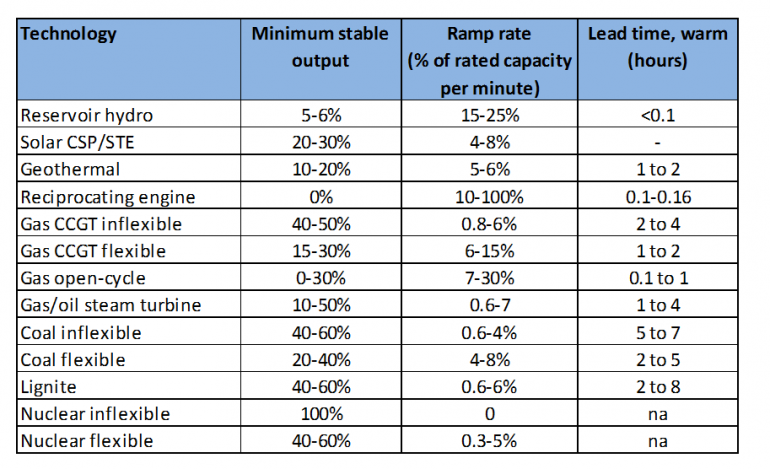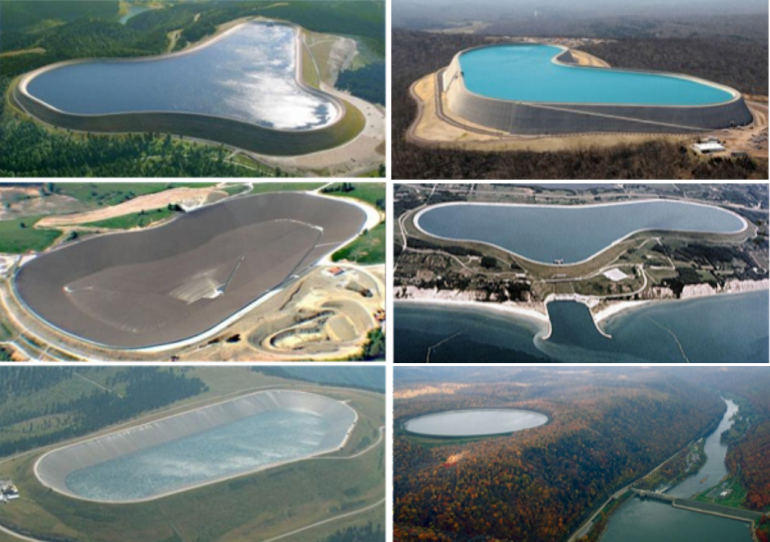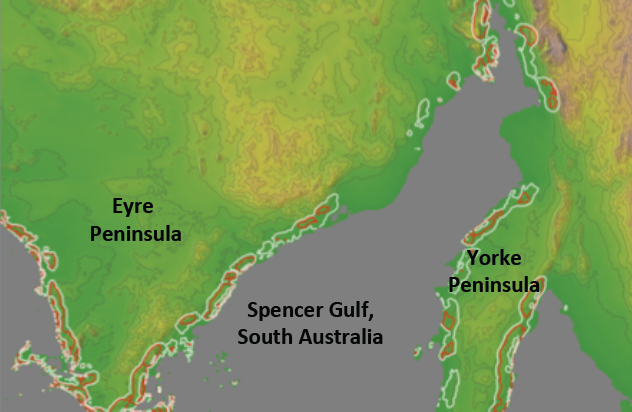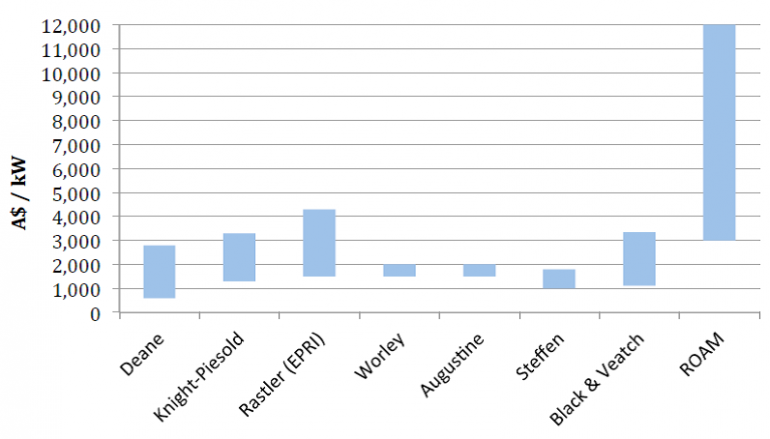Dam! The missed energy storage technology
The University of Melbourne’s Energy Institute have released a study finding that the potential of pumped hydro (where water is recirculated between an upper and lower dam) is likely to be underestimated in Australia, and could play a valuable role counter-matching the variation of solar and wind power.
The great advantage of hydro power is the ability for its output to be ramped up and down incredibly quickly. Rules of thumb estimates by the International Energy Agency, shown in the table below, illustrate hydro is the most flexible of all readily controllable power sources. It can run at a small trickle of its maximum output and then go to full capacity extremely quickly with no warm-up time required. Fossil fuel plants other than open cycle gas peakers and reciprocating engines (like the engine in a car) usually can’t be pushed down below a third to a half of their rated capacity without encountering problems with efficiency and reliable operation, and face lengthy warm-up times if allowed to go cold.
Assessment of the flexibility of different power generation technologies

Source: International Energy Agency (2014) The Power of Transformation – Wind, Sun and the economics of flexible power systems.
It is widely believed that the potential for expansion of hydro in Australia is heavily restricted because of a lack of suitable mountainous locations where a large vertical drop in water flow can be obtained, and the flooding of a valley would be acceptable to the community.
However, the Melbourne Energy Institute’s report looked at the potential to use artificial water reservoirs known as ‘turkey nest’ dams, rather than the traditional flooding of a natural valley. Some examples of such turkey nest dams are shown below.

Source: Melbourne Energy Institute (2014)
These can represent a relatively energy efficient and low-cost mechanism for storing energy from variable sources of power, such as wind and solar. So when the wind is blowing strongly, water is pumped up from a lower reservoir - or even the ocean - into the upper dam. When the wind tails off then this water is released to drive a generator.
To provide an illustrative example of the possible potential for seawater-based turkey nest dams, the MEI study has examined the topography of the Eyre and and Yorke Peninsulas (where a high quality wind resource exists). Its map below shows white and red contours depicting potential areas where such dams could be located. This is intended only as a indicative, high-level assessment considering site elevation, distance from the coast and construction costs, while ignoring issues such as seawater quality, conservation values and competing land-use and ownership constraints.
Potential pumped hydro sites shown by white and red contour lines for Spencer Gulf region

Source: Melbourne Energy Institute (2014)
The Australian Energy Market Operator in its assessment of the technical feasibility of a 100 per cent renewable energy power system over a year ago looked at the potential for pumped hydro, but landed on other options as better value.
However, one of the Melbourne Energy Institute report authors, Tim Forcey, who also took part in the AEMO 100 per cent renewables study, explained to Climate Spectator that the earlier assessment undertaken for AEMO by ROAM consulting was heavily constrained in time and budget. This led to some simplifying assumptions which acted to overestimate the cost of power from new pumped hydro facilities. The MEI study illustrates, as shown in the chart below, that analyses from other studies indicate a substantially lower cost for pumped hydro facilities than estimated by ROAM. According to Forcey, there is a need for further, more detailed analyses to investigate the technical and economic feasibility of pumped hydro in Australia.
Capital cost estimates for pumped hydro power plants by different sources

Source: Melbourne Energy Institute (2014)













